Owls, with their mysterious and captivating nature, have long fascinated humans. These nocturnal creatures are known for their exceptional hunting skills, silent flight, and ability to adapt to various environments. However, one question that often arises is whether can owls fly in the rain.
After all, rain can pose challenges for any bird, affecting its feathers, visibility, and overall flight capabilities. In this article, we will explore the fascinating world of owls and their ability to navigate through rainy conditions.
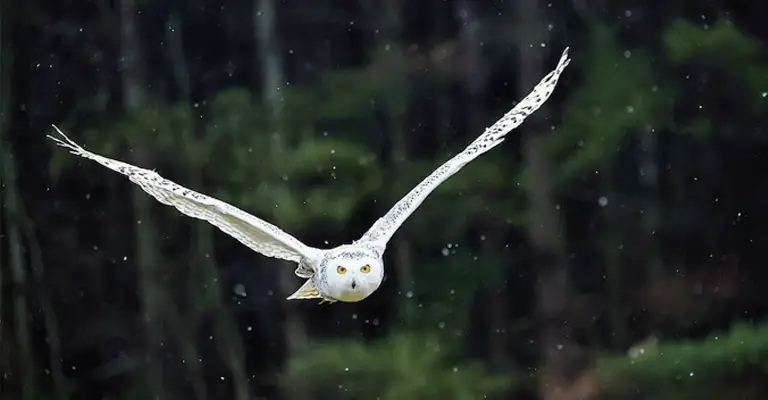
Can Owls Fly in the Rain?
To understand how owls cope with rain, we must first delve into their unique physical characteristics. Owls possess specialized feathers that enable them to fly silently and hunt effectively.
These feathers have a velvety texture and serrated edges, which help to break up the airflow and reduce noise during flight.
Additionally, the leading edges of their primary feathers are fringed, allowing for even quieter flight. However, these specialized feathers are not entirely waterproof, which raises the question of how owls manage to fly in the rain.
When it comes to rain, owls have developed several adaptations to mitigate its effects. One such adaptation is their ability to shed water from their feathers. Unlike many other birds, owls have feathers that are not tightly interlocked.
This loose arrangement allows water to pass through the feathers more easily, preventing them from becoming waterlogged. Additionally, owls have a higher density of feathers compared to other birds, which provides better insulation and helps to keep them dry.
Another adaptation that aids owls in flying in the rain is their ability to adjust their flight patterns. During heavy rain, owls may alter their flight paths to avoid the most intense downpours. They may seek shelter under tree canopies or fly closer to the ground, where the rain is less intense.
By making these adjustments, owls can minimize the amount of water that comes into contact with their feathers, thus maintaining their ability to fly effectively.
Do Owls Like to Get Wet?
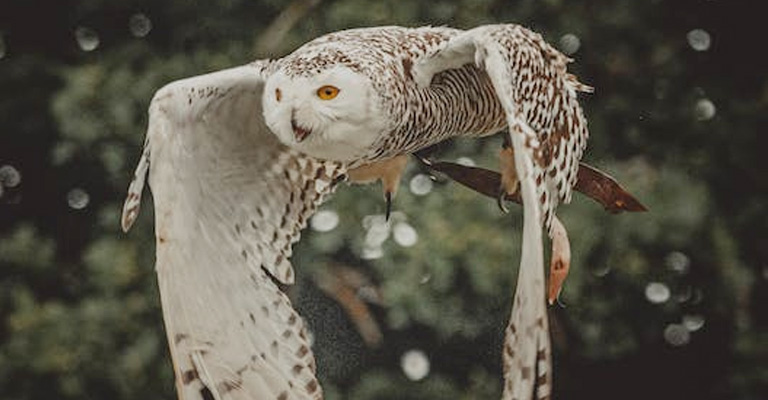
Owls, like most birds, do not particularly enjoy getting wet. While they have adaptations that help them cope with rain, such as specialized feathers and the ability to shed water, owls prefer to stay dry whenever possible.
Here are a few reasons why owls do not like to get wet:
Feather Maintenance
Owls have a complex grooming routine to keep their feathers in optimal condition. Wet feathers can become matted and lose their insulating properties, making it harder for owls to regulate their body temperature.
Additionally, wet feathers can affect the owl’s ability to fly silently, as the water disrupts the airflow over their wings. To maintain their flight capabilities and insulation, owls prefer to keep their feathers dry.
Hunting Efficiency
While owls can hunt in the rain, wet conditions can pose challenges. The sound of rain can mask the owl’s approach, making it harder for prey to detect them.
However, wet feathers can also hinder the owl’s ability to fly silently, potentially alerting prey to their presence. To maximize their hunting efficiency, owls may prefer to wait for drier conditions.
Vision and Visibility
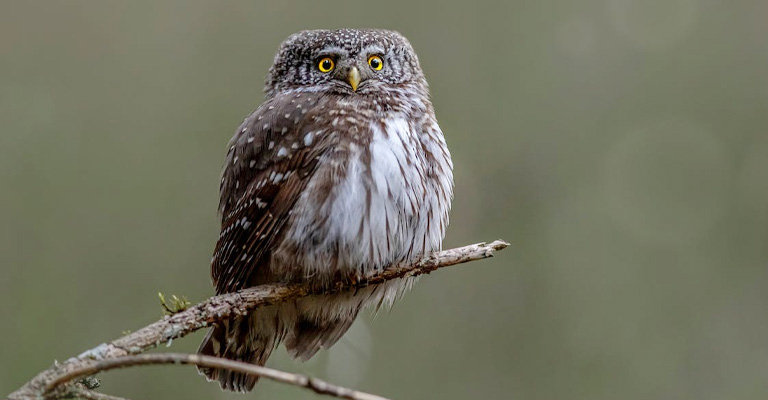
Owls have exceptional vision, which is crucial for their hunting success. Rain can reduce visibility, making it harder for owls to spot prey or navigate through their environment.
While their large, forward-facing eyes are well-adapted to low-light conditions, heavy rain can still impair their vision. To ensure optimal visibility, owls may choose to avoid getting wet whenever possible.
Comfort and Well-being
Like any living creature, owls seek comfort and well-being. Wet feathers can be uncomfortable and may lead to a decrease in body temperature, which can be detrimental to their overall health. Owls prefer to stay dry to maintain their comfort and ensure their well-being.
It’s important to note that while owls do not like to get wet, they have adaptations that allow them to cope with rain when necessary. Their specialized feathers and ability to shed water help them maintain their flight capabilities and insulation.
What Do Owls Do While It Rains?
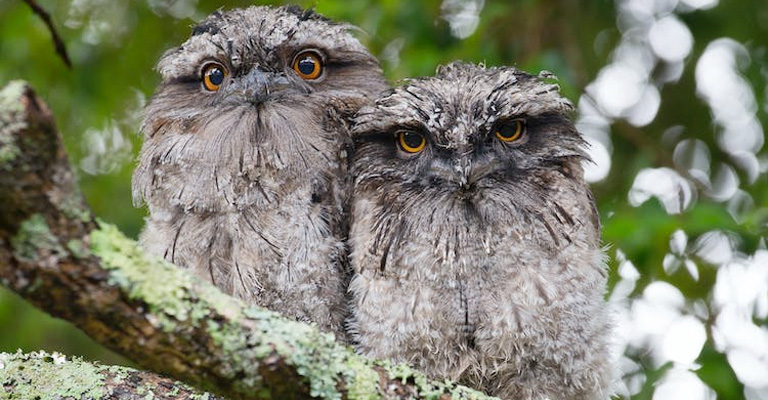
When it rains, owls may exhibit various behaviors to cope with the wet conditions. While they are capable of flying and hunting in the rain, owls may make adjustments to their activities to minimize the negative effects of the weather. Here are some common behaviors that owls may engage in while it rains:
Seeking Shelter
Owls may seek shelter during heavy rainfall. They may find refuge under tree canopies, in dense foliage, or in the hollows of trees. These sheltered areas provide some protection from the rain and help keep their feathers drier.
Perching in Protected Areas
Instead of actively hunting, owls may choose to perch in protected areas during rain showers. They may select perches that offer some cover, such as branches with dense foliage or overhangs that shield them from direct rainfall.
By perching in these protected areas, owls can wait for prey to become more active after the rain or take advantage of any opportunities that arise.
Adjusting Flight Patterns
During rainy conditions, owls may alter their flight patterns to minimize exposure to the rain. They may fly closer to the ground, where the rain is less intense, or seek out areas with natural windbreaks, such as hills or buildings.
By adjusting their flight patterns, owls can reduce the amount of water that comes into contact with their feathers and maintain their ability to fly effectively.
Preening and Feather Maintenance
Owls engage in preening and feather maintenance to keep their feathers in optimal condition. After exposure to rain, owls may spend time preening their feathers to realign them and remove any excess moisture.
Preening helps to restore the feathers’ functionality and ensures that they remain in good shape for flight and insulation.
Waiting for Improved Conditions
If the rain is persistent or heavy, owls may choose to wait for improved weather conditions before becoming active again. They may remain in their sheltered areas or perches until the rain subsides or becomes lighter.
Owls have the ability to conserve energy and wait for more favorable hunting conditions, especially if prey activity increases after the rain.
Risks of Rainy Weather for Owls
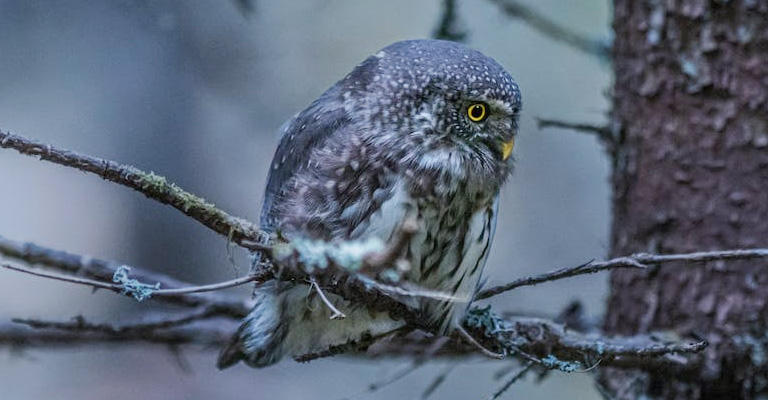
Rainy weather can pose certain risks and challenges for owls. While these birds have adaptations that help them cope with wet conditions, there are still potential negative impacts that rainy weather can have on owls. Here are some risks associated with rainy weather for owls:
Feather Damage
Owls’ feathers are not completely waterproof, and prolonged exposure to rain can lead to damage. Wet feathers can become matted, which affects their insulating properties and makes it harder for owls to regulate their body temperature.
Damaged feathers may also impact the owl’s ability to fly silently, as the water disrupts the airflow over their wings. Feather damage can hinder an owl’s hunting efficiency and overall well-being.
Reduced Visibility
Rain can reduce visibility, making it harder for owls to spot prey or navigate through their environment. While owls have exceptional low-light vision, heavy rain can impair their ability to see clearly. This can make hunting more challenging and decrease their chances of successful prey capture.
Hunting Challenges
While owls are capable of hunting in the rain, wet conditions can pose challenges. The sound of rain can mask the owl’s approach, making it harder for prey to detect them.
However, wet feathers can also hinder the owl’s ability to fly silently, potentially alerting prey to their presence. This can make it more difficult for owls to successfully capture prey during rainy weather.
Impact on Flight Performance
Wet feathers can make an owl’s flight heavier and less efficient. Waterlogged feathers increase the weight of the bird, which can affect its maneuverability and overall flight performance. This can make it harder for owls to navigate through their environment and pursue prey effectively.
Exposure to Cold
Rainy weather often comes with lower temperatures, and prolonged exposure to wet conditions can lead to hypothermia in owls. Wet feathers reduce insulation, making it harder for owls to maintain their body temperature. This can have negative consequences for their health and survival.
It’s important to note that owls have evolved various adaptations to mitigate these risks and cope with rainy weather. Their specialized feathers, ability to shed water, and adjustments in flight patterns help them maintain their hunting capabilities and minimize the negative impacts of rain.
FAQs
While owls are capable of flying in the rain, they may choose to avoid it if possible. This is because heavy rain can make it more difficult for them to hunt for prey, as it can obscure their vision and make it harder to hear their prey’s movements.
Owls have specialized feathers that are covered in tiny barbs, which interlock to create a waterproof barrier. These feathers are also coated with a layer of oil produced by the owl’s preen gland, which further enhances their waterproofing ability.
Owls are generally capable of flying in light to moderate rain. However, in heavy downpours or storms, they may choose to seek shelter and wait for the rain to subside before taking flight. Flying in extremely heavy rain can be challenging for owls, as it can impair their ability to navigate and hunt effectively.
Flying in the rain can pose some risks for owls. Wet feathers can become heavier, making it more difficult for them to fly and maneuver. Additionally, rain can affect their ability to hear and locate prey, as well as potentially impair their vision.
While owls have specialized feathers that repel water and help keep them dry, it is not entirely possible for them to fly in the rain without getting wet at all. Some water may still make contact with their feathers, especially during heavy rain.
Final Words
So, now you know whether can owls fly in the rain. Owls possess remarkable adaptations that allow them to fly in the rain.
Their specialized feathers, ability to shed water, and adjustments in flight patterns all contribute to their success in navigating through rainy conditions.
Additionally, their exceptional vision and grooming behaviors help them maintain their flight capabilities even after exposure to rain.
While heavy rainfall can still pose challenges for owls, these fascinating creatures have evolved to overcome such obstacles and continue to thrive in their natural habitats.